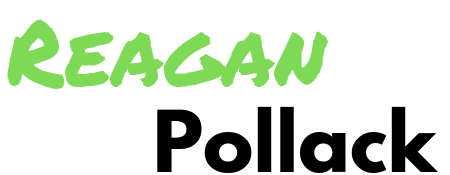
Burn That Business Plan
🔥Burn That Business Plan🔥
There. I said it. You can thank me later.
I talk with way too many founders who believe that if they just spend weeks and weeks researching, writing, and proving with financial charts the projected success of their startup, that it will actually come true.
I hate to tell them, but 95% of a plan usually never happens post-launch.
So what does happen?
If I don’t “plan” then how will I know what moves to make? I’m scared of messing up and failing and a business plan provides me with security that I know what to do, and when!
Sorry, but markets move too fast, consumers pivot your product for you, cash flow changes faster than you anticipated, product development time takes 3X longer than you planned, that new hire from (fill in the blank tech company) decided not to work with you, the list goes on.
What you need instead is my Quick Start Guide, as follows:
⁉️1) Problem (in three sentences or less, state exactly the problem and for whom
you’re solving)
✅2) Intended Solution (this will likely change, but that’s okay) – in three sentences, explain how the problem is solved today, why this pain needs to get solved, and how your proposed solution is rapidly better. Think “if this never gets solved, will the world be ok?” If your answer is “no, people need this now!” then that’s more compelling than another forgettable product.
🔎3) Market Size (describe very clearly the intended audience, where they are, how many of them there are, why this is the right market for this solution, and by how much this market is poised to grow or evolve in concurrence with your solution)
📈4) Bottom-up financials (not top down). Don’t say “if I only could get one percent of a $100 million market I would make $1 million, instead say “what does it truly cost me in time and capital to reach 100 people, convert three, and then multiply that out by how many people and days you’ll be selling your product.”
*multiply your costs by 2x and your dev time by 3x to build your dream product. That’s more accurate.
📊5) Go to Market – now that this is built or ready, what do you literally have to do or spend to reach a sufficient amount of users to prove this theory of product market fit? For example, if you conduct a targeted ad and it reaches 1,000 people and 50 click your ad, and 5 buy your item, that yields what it sales and profit? Can you scale that by reaching 100,000 and converting 500?
👩🏽💻6) Basic Team – what tech skills do you need to launch? What on-going skills do you need to maintain? Forget what person, think skills!
🚀 7) Success – what does this look like to you? Are you paying yourself? How much? How big can this be if it is a huge hit, moderate hit, and very poor outcome? Be very specific on the size or shape or scope of what a success might look like for this.
last but not least…
🔥Failure – what’s the downside here for the startup? How might it fail? What would that cost you in time, money, missed opportunities, etc?
By gauging upside and downside systemic risk, we as entrepreneurs can take a more calculated risk without losing our shirts over years and our life savings.
We want to take the best shot with a test, re test, re test some more, and eventually determine where the intended solution fits with consumers or enterprise clients.


Recent Comments